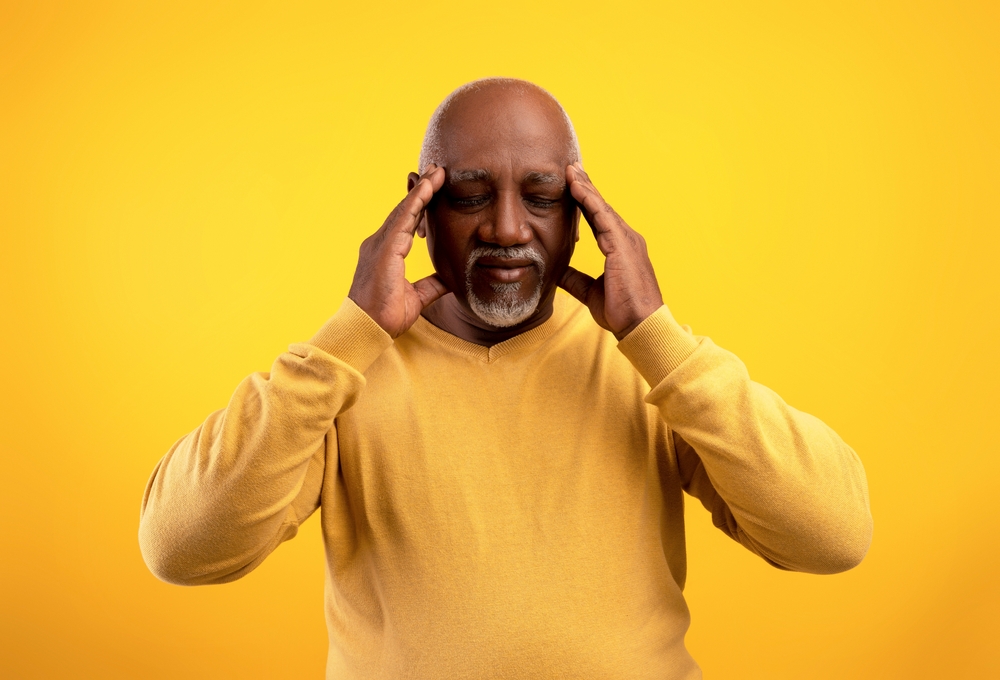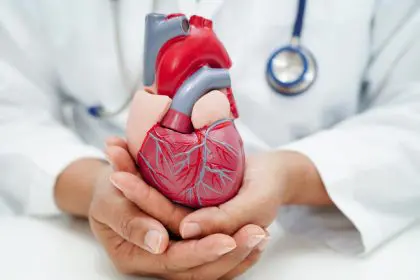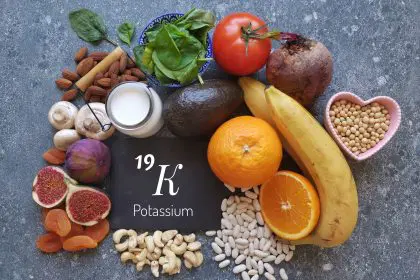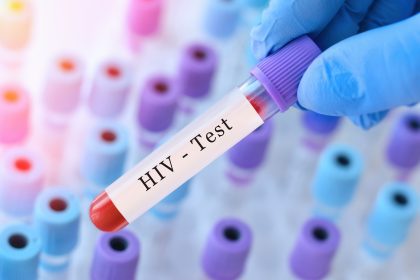Many people assume that high blood pressure must come with obvious signs or discomfort. But in reality, high blood pressure often causes no pain at all—earning it the nickname “the silent killer.” This misconception leads millions to delay testing and treatment until a serious health event forces action.
Understanding the condition
High blood pressure, or hypertension, occurs when the force of the blood pushing against the artery walls remains consistently too high. A normal blood pressure reading falls around 120/80 mm Hg. Anything above 130/80 mm Hg, especially over time, can damage blood vessels and organs.
This condition affects nearly half of adults in the United States, according to data from the Centers for Disease Control and Prevention. Many of them don’t know they have it until it’s already caused damage. That’s because most of the time, it develops gradually—and without warning.
The illusion of no symptoms
One of the most dangerous myths surrounding high blood pressure is the belief that it must hurt to be harmful. Unlike injuries or infections that trigger pain signals, hypertension works quietly in the background.
Pain typically alerts us to a problem. But the body doesn’t register the increased pressure in the arteries as a painful event. Your arteries adapt over time. The gradual change means the body has little reason to sound an alarm until things go wrong—like a heart attack, stroke or kidney failure.
Even dangerously high levels—say 180/120 mm Hg—may not cause discomfort. Some people might feel symptoms like headaches, dizziness or blurred vision at those levels, but many others feel nothing at all.
Hidden damage behind the silence
Just because you don’t feel it doesn’t mean nothing is happening. High blood pressure silently damages the body in critical areas, especially:
- The heart, forcing it to work harder and increasing the risk of heart failure
- The brain, making strokes more likely
- The kidneys, gradually weakening their ability to filter waste
- The eyes, which may develop vision problems or blindness over time
This hidden damage makes routine checkups essential. Waiting for pain could mean waiting until permanent harm has occurred.
Common misconceptions
Many people wait for signs before they seek help. They assume their bodies will “tell” them when something is wrong. But high blood pressure is different. Here are a few dangerous misconceptions to correct:
“I’d feel it if something were wrong.” No, you might not. You can live with stage 2 hypertension and not feel a thing until a stroke or heart attack.
“I’m young, so I’m safe.” Hypertension is rising among people under 40. Lifestyle choices, stress and genetics all play a role—regardless of age.
“If I had high blood pressure, I’d be tired or dizzy.” While symptoms can appear, they are rare and often not linked clearly to blood pressure alone.
Believing these myths can delay treatment. And delays lead to complications that are often preventable with early intervention.
When symptoms do appear
Though it’s typically silent, there are instances when high blood pressure shows itself through symptoms. These include:
- Severe headaches
- Chest pain or tightness
- Difficulty breathing
- Blood in the urine
- Irregular heartbeat
- Sudden vision changes
These symptoms may appear during a hypertensive crisis—a dangerous medical emergency that requires immediate treatment. But again, this is not the norm. Most people with hypertension experience no obvious symptoms until organs are already under strain.
The importance of monitoring
Because high blood pressure hides behind a curtain of silence, regular monitoring becomes your first line of defense.
You don’t need to wait until you’re in a clinic. Home blood pressure monitors are widely available and easy to use. Checking your levels monthly—or more frequently if advised—can catch a rising trend before it turns serious.
Early detection can literally save lives. It allows you to make lifestyle changes or start medications that reduce the long-term risks of stroke, heart disease and other life-threatening conditions.
Lifestyle changes that help
High blood pressure is manageable, especially when caught early. These lifestyle changes can significantly reduce risk—even without any noticeable symptoms:
- Limit sodium intake. Too much salt increases pressure in the blood vessels.
- Exercise regularly. Just 30 minutes of brisk walking five times a week can improve cardiovascular health.
- Maintain a healthy weight. Losing even 5% to 10% of your body weight can lower blood pressure.
- Eat a balanced diet. Focus on whole grains, fruits, vegetables and lean proteins.
- Avoid smoking and limit alcohol. Both raise blood pressure and increase cardiovascular risk.
- Manage stress. Chronic stress contributes to long-term pressure elevation.
These changes not only improve blood pressure but also boost energy, mood and overall wellness—something you can feel, even when hypertension itself causes no pain.
What doctors want you to know
Health care professionals want people to understand that the absence of pain does not equal the absence of danger. Here are a few key things they emphasize:
- Know your numbers. Aim for under 130/80 mm Hg unless your doctor says otherwise.
- Track trends. One high reading isn’t necessarily cause for panic—but consistent elevation is.
- Don’t self-diagnose. Symptoms like headaches or fatigue can have many causes. Only a blood pressure reading can confirm hypertension.
- Act early. Prevention and early management are far more effective than emergency care.
You may not feel it, but it may be there. High blood pressure doesn’t come knocking with pain, and that’s exactly why it’s so deadly.
Get your pressure checked. Encourage loved ones to do the same. Ask questions. Track trends. Small steps today could spare you and your family years of health challenges tomorrow.














